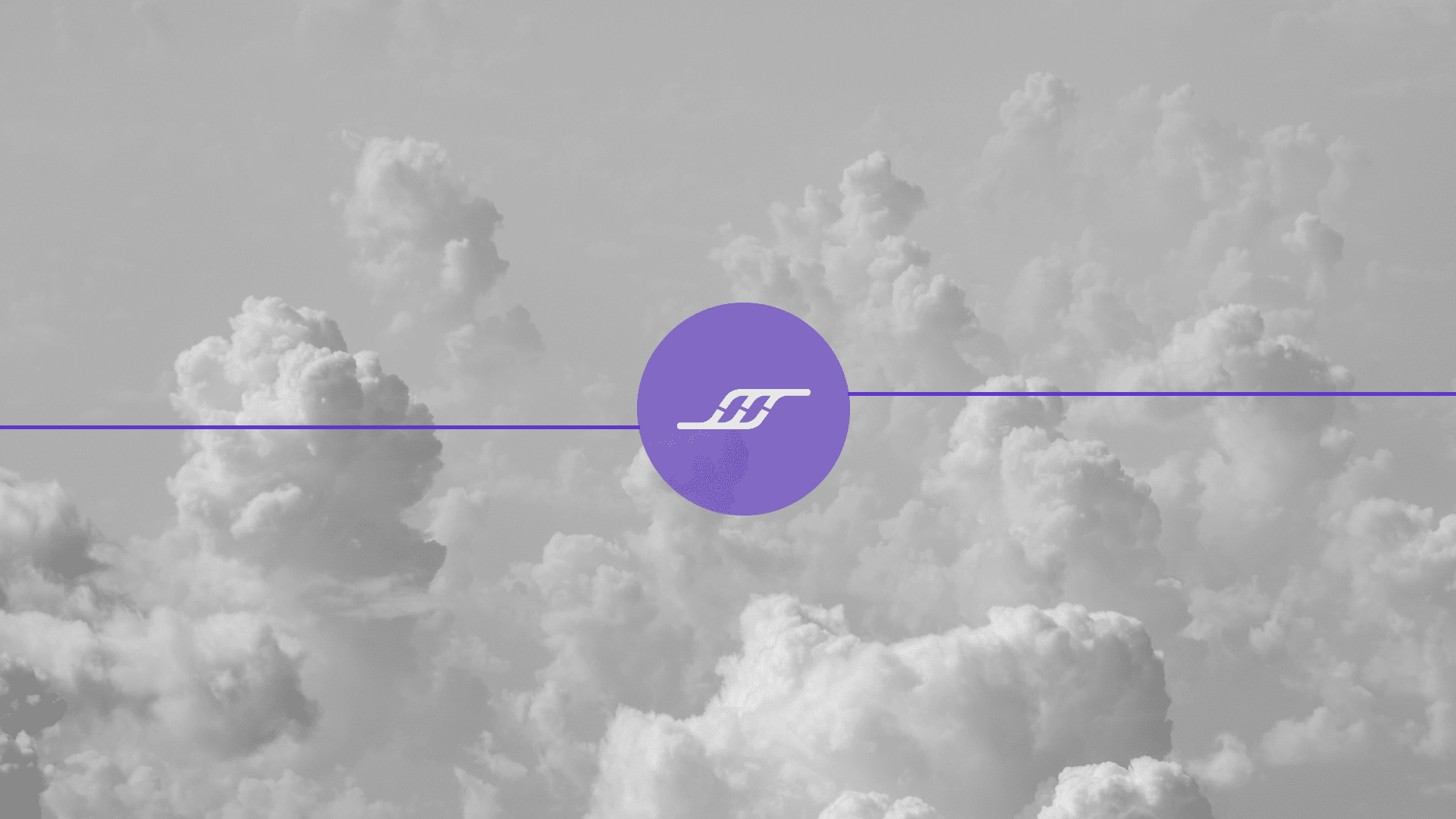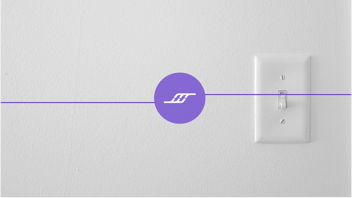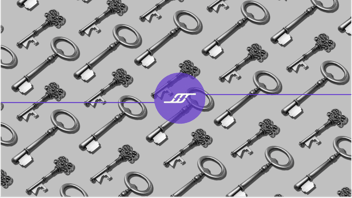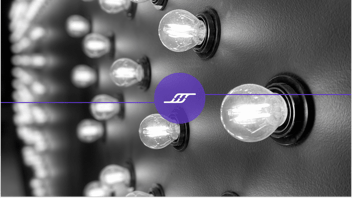You've heard about Snowflake but aren't sure what it is or if it's right for you.
We work exclusively with Snowflake, and for good reason. It is a powerful platform that can elevate a company's data. There's a lot of information on Snowflake, which may be overwhelming, so we thought we'd put together a list of the top 5 (there are plenty more) benefits of Snowflake.
What is Snowflake?
Snowflake is a single, powerful data platform that can support an array of data types, scaling effortlessly to accommodate a variety of workloads.
- Data lakes and data warehouses for data analytics and exploration
- Data engineering for ingesting, transforming, and creating automated pipelines
- Data science for creating machine learning models
- Data application development and operation
- Data exchanges for securely sharing data among authorized users
Benefit 1: No operational overhead
Snowflake Data Cloud is a SaaS cloud-based solution with no upfront costs like expensive hardware. There is no software to install, configure, or manage. There are also no maintenance costs for servicing and upgrading the hardware; Snowflake handles that.
In contrast, on-premises data platforms have high upfront costs as the hardware must be purchased and housed somewhere. Organizations are then responsible for any and all ongoing maintenance and replacement of this hardware, including reserving dedicated office space, hiring trained staff, and expending high energy costs to keep the equipment cool and running smoothly.
Since it is difficult to predict how much or how little storage you may need, companies with on-prem solutions often overpay for storage they never use. Over time, this can add up to significant capital expenditures.
On-prem solutions also carry some added security risks as it creates a single point of attack.
Snowflake uses an on-demand, pay-for-what-you-need SaaS model, which saves organizations a lot of money. You don't have to reserve office space and hire staff to monitor it, and you don't have to pay high energy bills; Snowflake handles all of this for you.
 Benefit 2: Near-infinite scalability and performance
Benefit 2: Near-infinite scalability and performance
Snowflake offers near-infinite scalability and performance. It uses a multi-cluster, shared data architecture that offers integrated storage and compute layers that scale independently from one another:
- Storage — offers a data lake or data warehouse for all structured or semi-structured data
- Compute — dedicated compute resources for each workload, which enables processing large quantities of data with speed and efficiency.
Traditional data platforms have fixed compute and storage resources, which limit concurrency — the ability to perform many tasks simultaneously and/or to allow many users to access the same data and resources.
With a multi-cluster shared data architecture such as Snowflake, compute and storage resources are separate and can be scaled independently to leverage all the resources of the cloud.
This allows multiple users to query the same data without degrading performance, even as other workloads are taking place simultaneously, such as ingesting data via a data pipeline or training a machine learning model.
Benefit 3: Uses SQL to query all types of data
Snowflake uses SQL, a common programming language that allows for fast querying of large amounts of data across multiple databases. It enables structured, semi-structured, and unstructured queries while enabling advanced processing with higher-level programming languages through Snowpark or serverless microservices and APIs through external functions.
Snowflake simplifies access to JSON data by allowing users to store JSON documents in a relational table and combine it with structured data.
Users can also automate data management tasks such as "make table," "append," "crosstab," "update," "total," and "parameter: which are other examples of common SQL queries.
Benefit 4: One copy of the data
Snowflake enables users to access and share a single copy of data across internal departments and external partners.
Traditional approaches to data sharing are inefficient and ineffective. It requires making a copy of the data and manually moving it somewhere (usually via email), which has a host of challenges:
- The process is cumbersome, time-consuming, and complex and must be repeated any time the data changes
- There are extensive delays as the process does not happen immediately
- It creates multiple versions of static (and stale) data, so there is no single source of truth. This leads to the ‘high-confidence, bad-answers trap’. Running analytics on incomplete data and drawing faulty conclusions can result in costly business decisions.
- There are limitations to how much data an organization can share via email and other methods.
- Data security and governance risks are high as multiple copies of data would need to exist and could end up in the wrong hands.
Instead of a complex and cumbersome process, data sharing with Snowflake’s Data Exchange breaks down data silos by providing users the ability to share and receive live read-only copies of data within minutes. This is done without moving the data, so the data sharer is always in control.
For further reading, check out: Data Sharing and the Future of Data Warehousing in the Cloud.
Benefit 5: Built-in data governance, security, and privacy controls
Security breaches are on the rise, and many companies need to meet standards and compliance requirements.
Snowflake has many built-in security features, such as dynamic data masking and end-to-end encryption, that enables users to share limitless amounts of live data easily, effortlessly, and instantly with proper security and governance protocols.
They have partnered with HackerOne – a company that uses the world's top ethical hackers to pen-test systems, find bugs, and resolve security vulnerabilities before they can be exploited.
Leveraging our data navigators
We work with clients across many industries, so we’ve seen a lot of data challenges. One common problem holding many organizations back from becoming more data-driven is not having full access and control over reliable, curated, and trusted datasets.
The engineering effort to bring the data together under one platform is important, and the expertise to do it reliably is difficult to find. This is where we can help. We help your organization automate how they use Snowflake to create more reliable data you can trust.
We partner with you to build and manage automated data pipelines so that your data is centralized, cleaned, and modeled in alignment with your organizational requirements.




